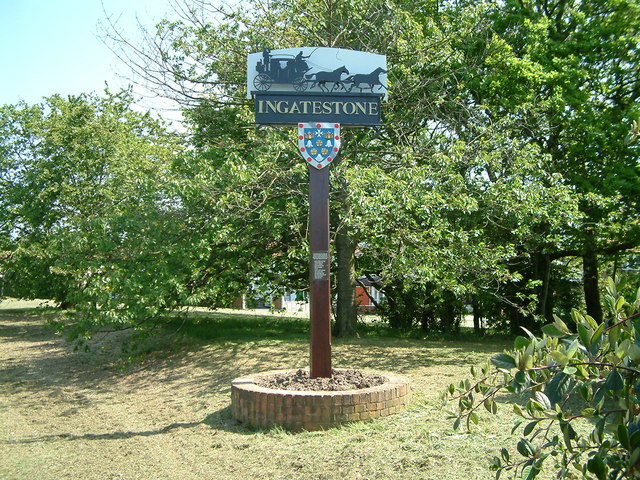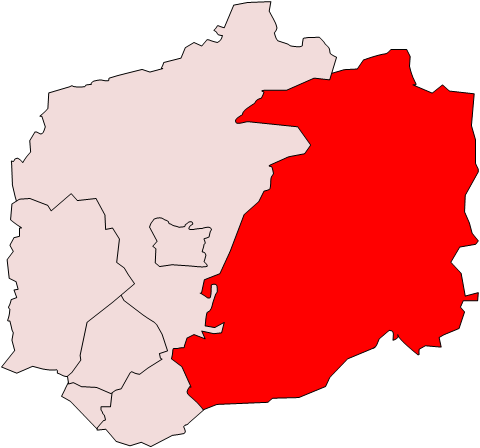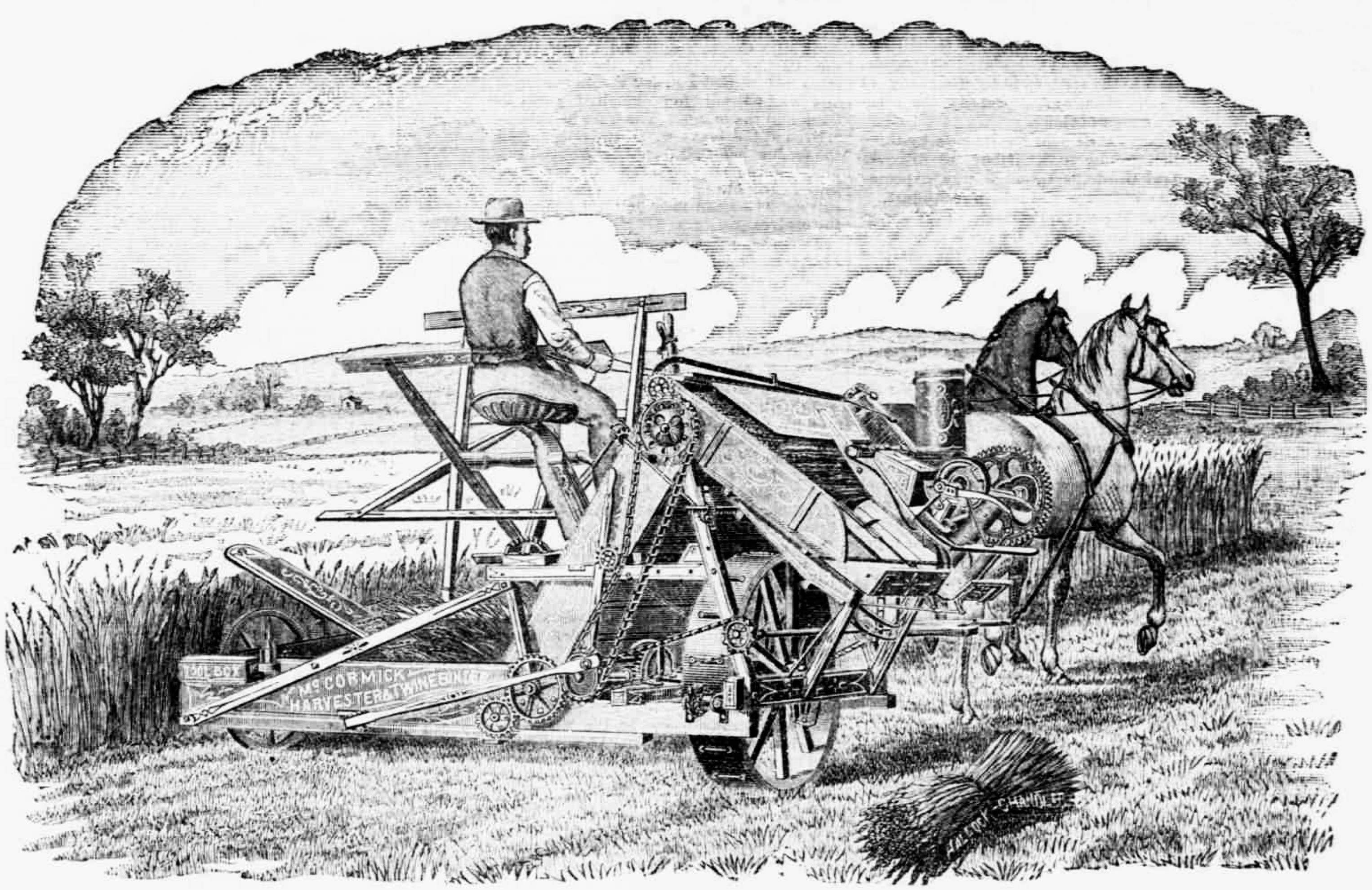|
Navestock (parish)
Navestock is a civil parish in the Borough of Brentwood in south Essex, in the East of England region of the United Kingdom. It is located approximately northwest of the town of Brentwood and the M25 motorway cuts through the western edge of the parish. It covers an area of in excess of 1800 hectares (4500 acres) and had a population of 510 in 2001, increasing to 585 in 2011. The name means ‘the stump on the headland’, which reflects its topography and landscape.Brentwood Borough Council , Navestock parish page. Date accessed: Tuesday, 13 November 2007. History The western edge of the parish was within the ancient forest of Essex, and two boundary stones still mark its limits. The church of St Thomas the Apostle dates back to the 12th century, and was subject to |
Borough Of Brentwood
The Borough of Brentwood is a local government district and borough in Essex in the East of England. History and geography The borough is named after its main town of Brentwood. There are still large areas of woodland including Shenfield Common, Hartswood (named after its last private owner, a Mr. Hart), Weald Country Park, and Thorndon Country Park. The original district council was formed in 1974 from the former area of Brentwood Urban District, part of Epping and Ongar Rural District and part of Chelmsford Rural District. By royal charter, the district became a borough on 27 April 1993. Politics The council has 37 councilors, divided between 15 wards with between 1 and 3 councilors. Following the United Kingdom local elections in 2021 the political composition of Brentwood Borough Council is as follows: Boundaries Brentwood is bordered by Epping Forest district (to the north-west), Chelmsford (north-east), Basildon district (south-east), Thurrock (south, aligned wi ... [...More Info...] [...Related Items...] OR: [Wikipedia] [Google] [Baidu] |
George Waldegrave, 4th Earl Waldegrave
George Waldegrave, 4th Earl Waldegrave, Viscount Chewton, PC, ADC (23 November 1751 – 22 October 1789) was a British politician who sat in the House of Commons from 1774 to 1780. The eldest son of the 3rd Earl of Waldegrave, he was educated at Eton and was commissioned into the 3rd Foot Guards in 1768. He purchased a Lieutenancy in 1773. On 16 May 1778 he transferred to the Coldstream Guards as a Captain-Lieutenant and on 4 October 1779, was appointed Lieutenant-Colonel of the new 87th Regiment of Foot (until 1783). In 1788 he was briefly made Colonel of the 63rd Regiment of Foot, transferring in 1789 to be Colonel of the 14th Regiment of Foot, a position he held equally briefly before his death later that year. He inherited his father's titles in 1784. On 5 May 1782, Waldegrave married his first cousin, Lady Elizabeth Waldegrave and they had six children. * Lady Maria Wilhelmina Waldegrave (1783 – 20 February 1805), married Nathaniel Micklethwaite. Had issue, a daughter ... [...More Info...] [...Related Items...] OR: [Wikipedia] [Google] [Baidu] |
Ongar Rural District
Ongar Rural District was a local government district in Essex, England from 1894 to 1955. – Ongar RD It included the small town of and the parishes surrounding it. It was abolished in 1955 and combined with part of to create Epping and Ongar Rural District
Epping and Ongar Rural District was a rural district in the county of Essex, England from 1955 to 1974.http://w ...
[...More Info...] [...Related Items...] OR: [Wikipedia] [Google] [Baidu] |
Ongar (hundred)
Hundred of Ongar was an ancient hundred (country subdivision), hundred in the west of the county of Essex, England. Hundred of Ongar was centred on the town of Chipping Ongar. Hundred of Ongar contained the following parishes: ''A History of the County of Essex: Volume 4: Ongar Hundred'' (1956). URL: http://www.british-history.ac.uk/source.asp?pubid=53. Date accessed: 14 September 2007 *Abbess Roding *Beauchamp Roding *Berners Roding *Bobbingworth or Bovinger *Chigwell *Chipping Ongar *Fyfield, Essex , Fyfield *Greensted-juxta-Ongar *High Laver *High Ongar *Kelvedon Hatch *Lambourne *Little Laver *Loughton *Magdalen Laver *Moreton, Essex , Moreton *Navestock *North Weald Bassett *Norton Mandeville *Shelley, Essex , Shelley *Stanford Rivers *Stapleford Abbotts *Stapleford Tawney *Stondon Massey *Theydon Bois *Theydon Garnon *Theydon Mount See also *Hundreds of Essex References External linksThe Hundred of Ongar Hundreds of Essex {{Essex-geo-stub ... [...More Info...] [...Related Items...] OR: [Wikipedia] [Google] [Baidu] |
Hundred (division)
A hundred is an administrative division that is geographically part of a larger region. It was formerly used in England, Wales, some parts of the United States, Denmark, Southern Schleswig, Sweden, Finland, Norway, the Bishopric of Ösel–Wiek, Curonia, the Ukrainian state of the Cossack Hetmanate and in Cumberland County in the British Colony of New South Wales. It is still used in other places, including in Australia (in South Australia and the Northern Territory). Other terms for the hundred in English and other languages include ''wapentake'', ''herred'' (Danish and Bokmål Norwegian), ''herad'' ( Nynorsk Norwegian), ''hérað'' (Icelandic), ''härad'' or ''hundare'' (Swedish), ''Harde'' (German), ''hiird'' ( North Frisian), ''satakunta'' or ''kihlakunta'' (Finnish), ''kihelkond'' (Estonian), ''kiligunda'' (Livonian), '' cantref'' (Welsh) and ''sotnia'' (Slavic). In Ireland, a similar subdivision of counties is referred to as a barony, and a hundred is a subdivision of a p ... [...More Info...] [...Related Items...] OR: [Wikipedia] [Google] [Baidu] |
Great Depression Of British Agriculture
The Great Depression of British Agriculture occurred during the late nineteenth century and is usually dated from 1873 to 1896. Contemporaneous with the global Long Depression, Britain's agricultural depression was caused by the dramatic fall in grain prices that followed the opening up of the American prairies to cultivation in the 1870s and the advent of cheap transportation with the rise of steamships. British agriculture did not recover from this depression until after the Second World War. Other countries in Western Europe such as the Netherlands experienced the same agricultural crisis (1878–1895) as a result of the market being flooded by cheap grain from the United States and Canada.Encarta-encyclopedie Winkler Prins (1993–2002) s.v. "landbouwpolitiek § geschiedenis", "Leeuwarden §3. geschiedenis". Microsoft Corporation/Het Spectrum. Background In 1846 Parliament repealed the Corn Laws, which had imposed a tariff on imported grain, and thereby ''de facto'' instituted ... [...More Info...] [...Related Items...] OR: [Wikipedia] [Google] [Baidu] |
Richard Leigh (cricket Patron)
Richard Leigh (dates unknown) was an 18th-century English businessman and cricket patron who ran his own R. Leigh's XI cricket team in nine first-class matches 1793–95. His son, also Richard Leigh, played first-class cricket in the 1800s but there is no record of Leigh senior having done so. Leigh, who resided at Wilmington, near Dartford, was an elected (1793) member of the Hambledon Club and an early member of Marylebone Cricket Club Marylebone Cricket Club (MCC) is a cricket club founded in 1787 and based since 1814 at Lord's Cricket Ground, which it owns, in St John's Wood, London. The club was formerly the governing body of cricket retaining considerable global influence ... (MCC).Ashley-Cooper, p. 152. He was such a prominent match organiser in the 1790s that the Duchess of Gordon reportedly said to him: "Though I am the first, you are the second match-maker in England, Mr Leigh". References Bibliography * External linksCricketArchive re R. Leigh's XI Cricke ... [...More Info...] [...Related Items...] OR: [Wikipedia] [Google] [Baidu] |
Richard Newman (18th Century Cricketer)
Richard Newman may refer to: *Colonel Richard Newman (c. 1620–1695), English barrister and Royalist officer during the English Civil War *Sir Richard Newman, 1st Baronet (c. 1675–1721), English MP for Milborne Port in 1701 *Richard Newman (English cricketer) (1756/57–1808), 18th-century English landowner, absentee landlord and cricketer * Richard Newman (priest) (1871–1961), Archdeacon of Blackburn, 1936–1946 *Richard Newman (Australian cricketer) (1924–2014), Australian cricketer *Richard Newman (actor) (born 1946), American-Canadian voice actor * Richard P.A.C. Newman (1955–2000), British physicist *Richard Newman (poet) (born 1966), American poet *Richard Newman (broadcaster) (born 1972), British-Canadian writer and broadcaster, former Big Brother UK contestant *Richard G. Newman, chairman emeritus for AECOM * Richard S. Newman, American academic *Ricky Newman Richard Adrian Newman (born 5 August 1970) is an English football coach and former professional footb ... [...More Info...] [...Related Items...] OR: [Wikipedia] [Google] [Baidu] |
First-class Cricket
First-class cricket, along with List A cricket and Twenty20 cricket, is one of the highest-standard forms of cricket. A first-class match is one of three or more days' scheduled duration between two sides of eleven players each and is officially adjudged to be worthy of the status by virtue of the standard of the competing teams. Matches must allow for the teams to play two innings each, although in practice a team might play only one innings or none at all. The etymology of "first-class cricket" is unknown, but it was used loosely before it acquired official status in 1895, following a meeting of leading English clubs. At a meeting of the Imperial Cricket Conference (ICC) in 1947, it was formally defined on a global basis. A significant omission of the ICC ruling was any attempt to define first-class cricket retrospectively. That has left historians, and especially statisticians, with the problem of how to categorise earlier matches, especially those played in Great Britain be ... [...More Info...] [...Related Items...] OR: [Wikipedia] [Google] [Baidu] |
Cricket
Cricket is a bat-and-ball game played between two teams of eleven players on a field at the centre of which is a pitch with a wicket at each end, each comprising two bails balanced on three stumps. The batting side scores runs by striking the ball bowled at one of the wickets with the bat and then running between the wickets, while the bowling and fielding side tries to prevent this (by preventing the ball from leaving the field, and getting the ball to either wicket) and dismiss each batter (so they are "out"). Means of dismissal include being bowled, when the ball hits the stumps and dislodges the bails, and by the fielding side either catching the ball after it is hit by the bat, but before it hits the ground, or hitting a wicket with the ball before a batter can cross the crease in front of the wicket. When ten batters have been dismissed, the innings ends and the teams swap roles. The game is adjudicated by two umpires, aided by a third umpire and match referee ... [...More Info...] [...Related Items...] OR: [Wikipedia] [Google] [Baidu] |
John Waldegrave, 3rd Earl Waldegrave
General John Waldegrave, 3rd Earl Waldegrave (28 April 1718 – 22 October 1784) was a British politician and soldier. Career Waldegrave was the youngest son of the 1st Earl Waldegrave. He joined the 1st Regiment of Foot in 1735, rising to the rank of captain in 1739. He became a lieutenant-colonel in the 3rd Regiment of Foot in 1743 and fought in 1745 at the Battle of Fontenoy, where he was wounded, during the War of the Austrian Succession. He became a member of parliament (MP) for Orford in 1747 and for Newcastle-under-Lyme in 1754. Promoted to major-general in 1757, he took part in the raid on St Malo in June 1758 and the Battle of Minden in August 1759 during the Seven Years' War. He was promoted to lieutenant-general in 1759 and became a Groom of the Bedchamber in 1760. On the death of his elder brother James Waldegrave, 2nd Earl Waldegrave without male heirs in 1763, Waldegrave inherited his titles and estates, including the family seat at Chewton Mendip. He was promo ... [...More Info...] [...Related Items...] OR: [Wikipedia] [Google] [Baidu] |
Crimean War
The Crimean War, , was fought from October 1853 to February 1856 between Russia and an ultimately victorious alliance of the Ottoman Empire, France, the United Kingdom and Piedmont-Sardinia. Geopolitical causes of the war included the decline of the Ottoman Empire, the expansion of the Russian Empire in the preceding Russo-Turkish Wars, and the British and French preference to preserve the Ottoman Empire to maintain the balance of power in the Concert of Europe. The flashpoint was a disagreement over the rights of Christian minorities in Palestine, then part of the Ottoman Empire, with the French promoting the rights of Roman Catholics, and Russia promoting those of the Eastern Orthodox Church. The churches worked out their differences with the Ottomans and came to an agreement, but both the French Emperor Napoleon III and the Russian Tsar Nicholas I refused to back down. Nicholas issued an ultimatum that demanded the Orthodox subjects of the Ottoman Empire be placed ... [...More Info...] [...Related Items...] OR: [Wikipedia] [Google] [Baidu] |


.jpg)

